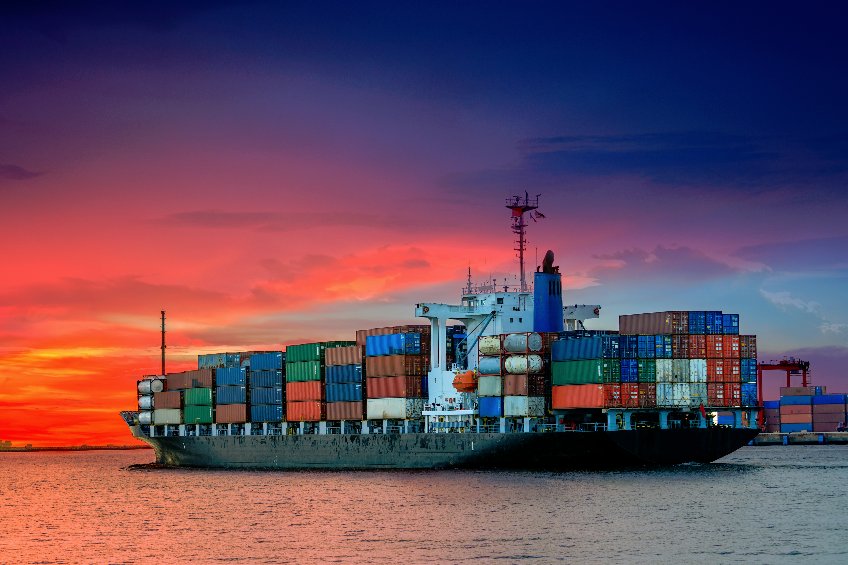Shipping by the sea seems like it should be an antiquated practice, but today it’s necessary to move almost all of the world’s freight around the globe.
Ocean freight shipping offers many advantages over air or land, including cheaper rates and less damage to your goods during transport; however, this industry has many intricacies that are easy to overlook when you’re first starting out.
What is Ocean Freight?
Ocean freight is the transportation of goods by boat. It is often used for international trade because it carries cargo much more cheaply and efficiently than trucks or airplanes.
The most common types of ocean freight are break bulk and containerized cargo, although there are many variations in between.
Shipping containers come in many sizes, but the most common are 20-feet and 40-feet containers. If you want your shipment to arrive as soon as possible, it is best that you ship it in a container that is no larger than 20′.
The reason for this is because the bigger a shipping container is, the more time it will take to load and unload.
Why Use It?
 Ocean freight is the most efficient way of shipping goods. It is faster, cheaper, and requires a lower carbon footprint than other modes of transport. The low cost and high efficiency make ocean freight an attractive option for businesses looking to ship their goods overseas.
Ocean freight is the most efficient way of shipping goods. It is faster, cheaper, and requires a lower carbon footprint than other modes of transport. The low cost and high efficiency make ocean freight an attractive option for businesses looking to ship their goods overseas.
Ocean freight provides a cost-effective solution for transporting goods overseas and can be up to 10% cheaper than air freight or surface transport such as trains and trucks. This makes it an attractive option for businesses looking to ship their goods overseas.
Companies like Amazon Prime rely on ocean freight to send billions of dollars worth of goods every year. These companies pay a premium for these services because they want their products delivered as quickly as possible.
Types of Freight Ships
There are generally 5 types of freight ships. These include bulk carriers, container ships, tankers, and general cargo ships. Bulk carriers are typically used to transport materials that come in large amounts such as ore, grain, and wood.
Commercial cargo ships come with 4 to 5 holds or cargo space. Most come with other features such as refrigerated spaces to carry perishable goods. Container ships are the standard mode of ocean freight carriers today.
They are designed to carry a large number of steel containers from one port to the other. Tankers are mainly used to transport oil and gas. They are quite big and can even extend up to a quarter of a mile long.
Barges are used to haul grain, ore, liquids and gases, and even containers. Understanding these types of ocean freight ships is important because it helps you choose the right one for your needs.
Partial Container Loads (Less Than Container Load) vs Full Container Load
Partial container loads also known as Less Than Container Load (LCL) are a great way to save money on shipping. LCL is basically the option you choose when you want to ship goods in a container that is shared with other people.
It is a cheaper alternative compared to getting the full container for yourself when you don’t have a lot of merchandise or goods to ship. You don’t have to pay for the entire container if you don’t have enough stock to fill it. This is a good option for first-time importers and small businesses.
Full Container Load, on the other hand, is the option you choose when you have cargo loads that can fill an entire 20-foot or 40-foot container space. Unlike LCL, where you share the container space with other importers or exporters, FCL allows you to use the entire container for your goods alone.
One of the benefits of FCL is the fact that your container will be sealed at the factory and will only be opened and unloaded when it reaches the destination warehouse.
With a full container load, your goods will not be loaded or even unloaded with other people’s shipments and lose time in transit. FCL is also cheaper for large shipments since you are charged a flat fee.
Conclusion
Ocean shipping can be an expensive endeavor if not done properly or negotiated adequately prior to execution.
It is important to do your research well before you ship products or consult an experienced shipping company to get the best quotes.
